10 Best Herbal Creams For Fungal Infection
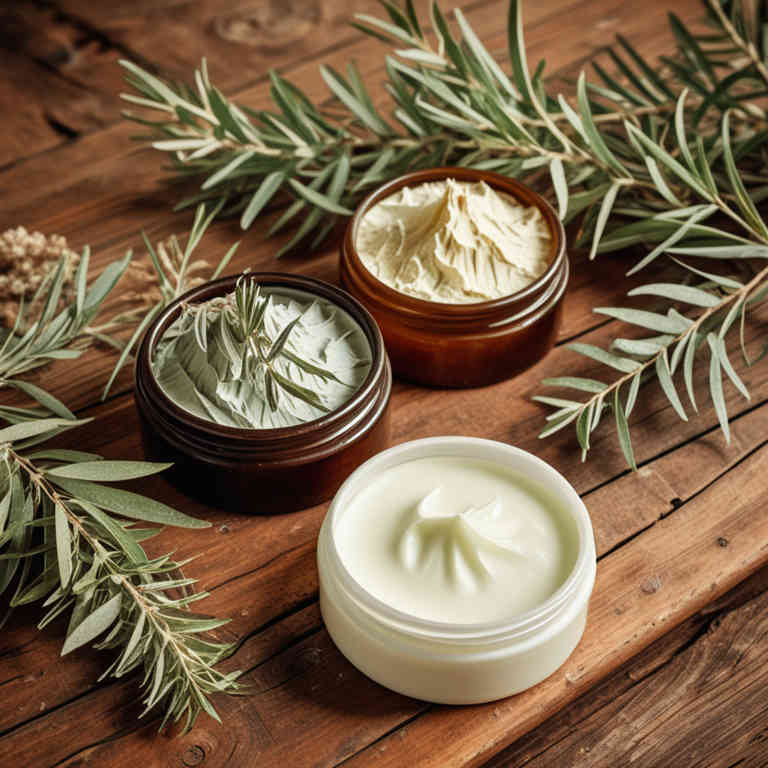
Herbal creams for fungal infections are natural remedies that incorporate plant-based ingredients known for their antifungal properties, such as tea tree oil, garlic, and neem.
These creams are often preferred by individuals seeking alternatives to conventional antifungal medications due to their potentially fewer side effects and soothing properties. They work by targeting the fungi causing the infection, such as athlete's foot or ringworm, through antimicrobial and anti-inflammatory actions. While they may provide relief for mild cases, they are not always as effective as prescription treatments for severe or persistent infections.
It is important to consult a healthcare professional to determine the most appropriate treatment based on the type and severity of the fungal infection.
FREE Herb Drying Checklist
How to make sure every batch retains maximum flavor, color, and aroma without the risk of mold or over-drying. Eliminate guesswork and trial-and-error, making herb drying faster, easier, and more efficient every time.
Table of Contents
1. Zingiber officinale
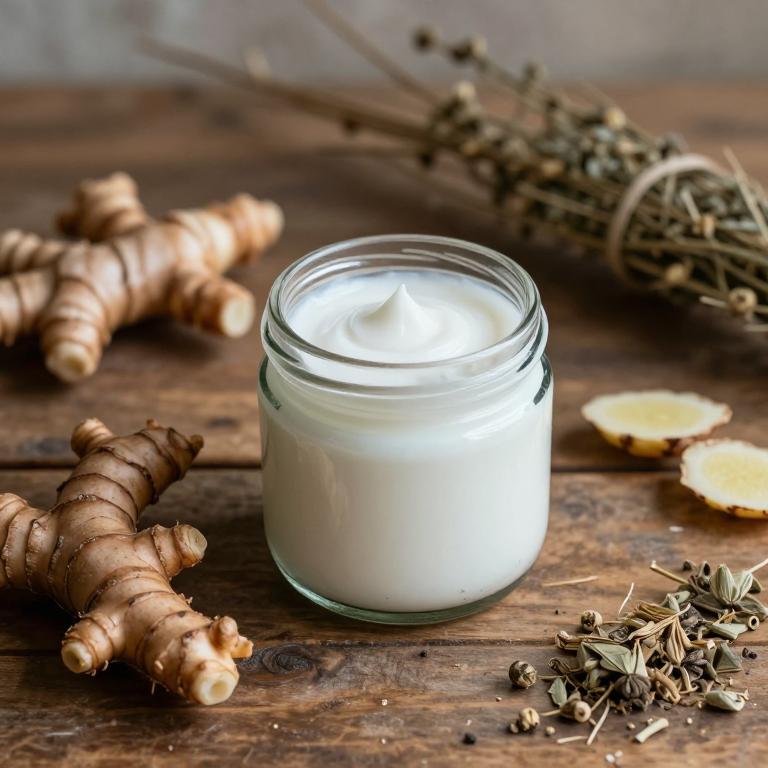
Zingiber officinale, commonly known as ginger, has been traditionally used for its anti-inflammatory and antimicrobial properties, making it a valuable ingredient in herbal creams for treating fungal infections.
These creams often incorporate ginger extract to help combat fungi such as dermatophytes, which are common causes of conditions like athlete's foot and ringworm. The active compounds in ginger, including gingerol and shogaol, may inhibit fungal growth by disrupting cellular membranes and reducing inflammation in affected skin areas. Herbal creams containing zingiber officinale are typically preferred by individuals seeking natural alternatives to conventional antifungal treatments.
However, while they may provide relief, they should not replace medical advice, and it is advisable to consult a healthcare professional for persistent or severe fungal infections.
2. Aloe barbadensis
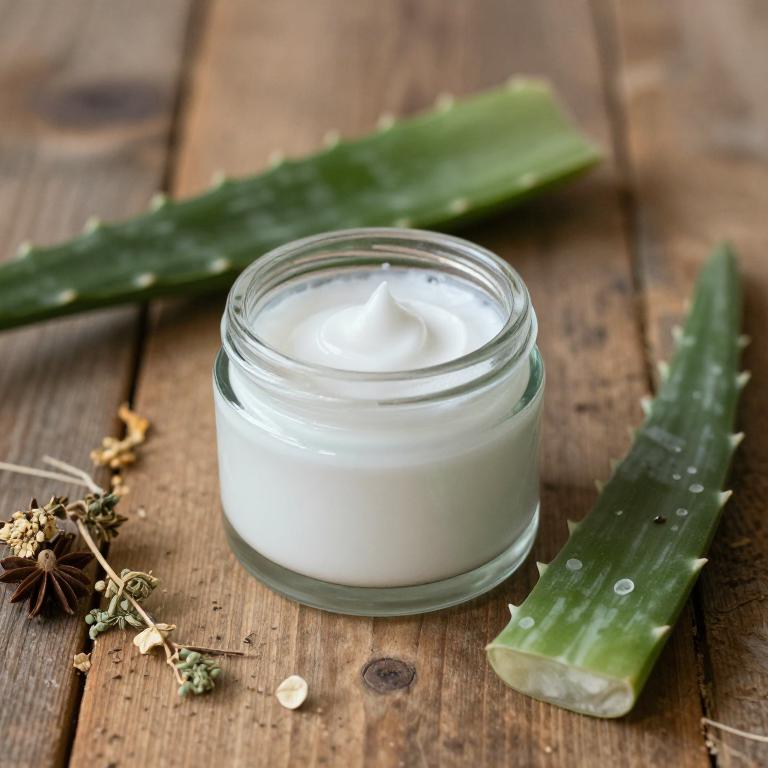
Aloe barbadensis, commonly known as aloe vera, is a plant widely used in herbal creams for its soothing and healing properties.
These creams are often formulated with aloe vera gel, which contains anti-inflammatory and antimicrobial compounds that can help combat fungal infections. Aloe-based creams are particularly effective in treating conditions like athlete's foot and ringworm due to their ability to reduce skin irritation and inhibit fungal growth. The natural components of aloe vera also promote skin regeneration, aiding in the recovery process.
While generally safe for most skin types, it is advisable to perform a patch test before using aloe barbadensis herbal creams to ensure no allergic reaction occurs.
3. Cinnamomum zeylanicum
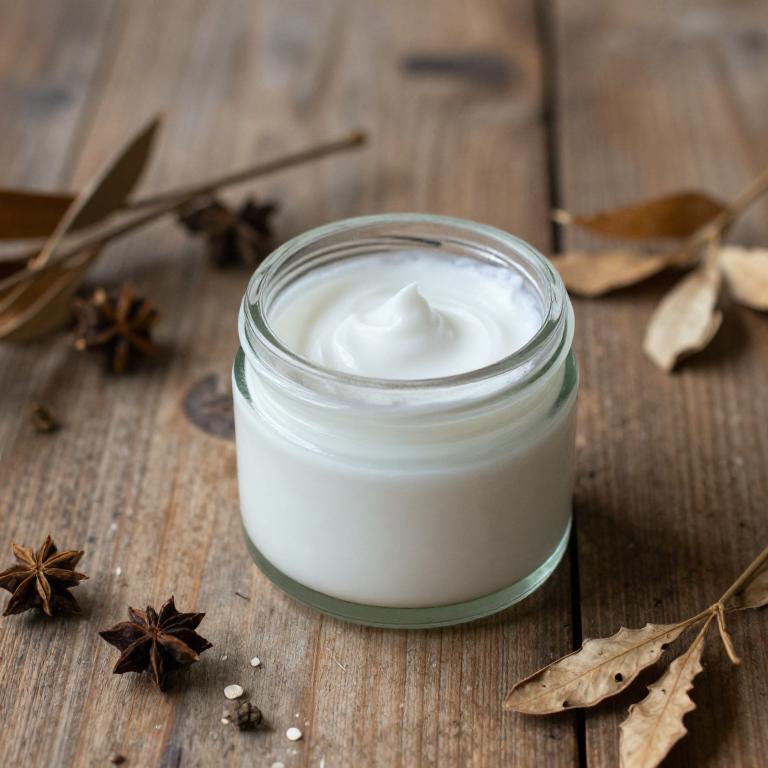
Cinnamomum zeylanicum, commonly known as cinnamon, is a traditional herbal remedy that has been used for centuries due to its antimicrobial and anti-inflammatory properties.
Cinnamon essential oil, derived from the bark of this plant, is often incorporated into herbal creams to treat fungal infections such as athlete's foot and ringworm. The active compounds in cinnamon, including cinnamaldehyde and eugenol, help inhibit the growth of fungi by disrupting their cell membranes. When applied topically, these herbal creams can provide a natural and effective alternative to conventional antifungal treatments.
However, it is important to consult a healthcare professional before using cinnamon-based products, especially for prolonged or severe infections.
4. Eucalyptus globulus
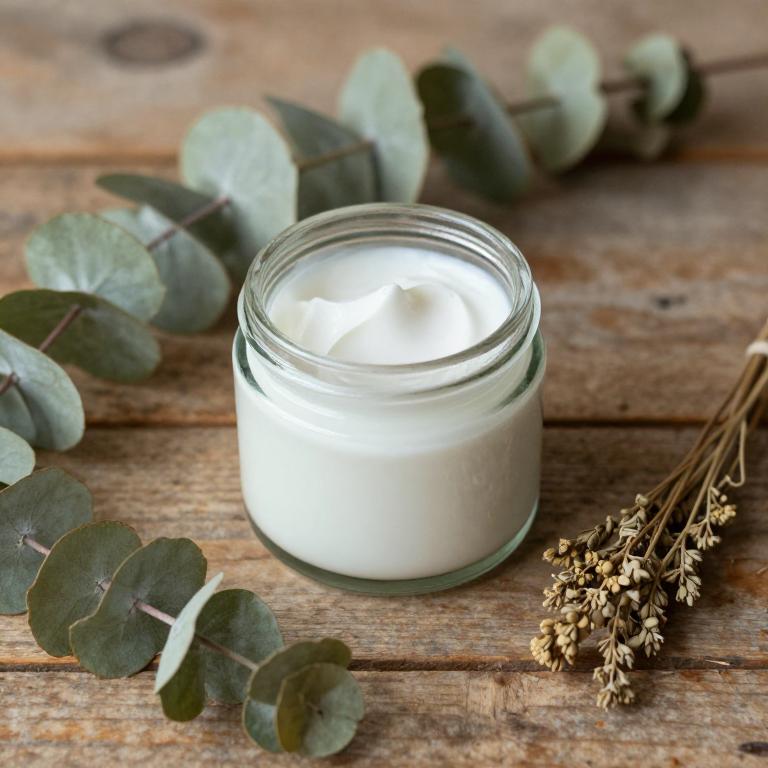
Eucalyptus globulus, commonly known as eucalyptus oil, is a natural ingredient often used in herbal creams for treating fungal infections due to its antimicrobial and anti-inflammatory properties.
These creams typically combine eucalyptus oil with other essential oils like tea tree oil or lavender oil to enhance their effectiveness against fungi such as Candida and athlete's foot. The active compounds in eucalyptus globulus, including cineole and terpenes, help to inhibit fungal growth and reduce symptoms like itching and redness. Herbal creams containing eucalyptus globulus are generally considered safe for topical use, though they may not be a substitute for prescription antifungal treatments in severe cases.
When used consistently, these creams can provide relief and support the body's natural healing process against fungal infections.
5. Hypericum perforatum
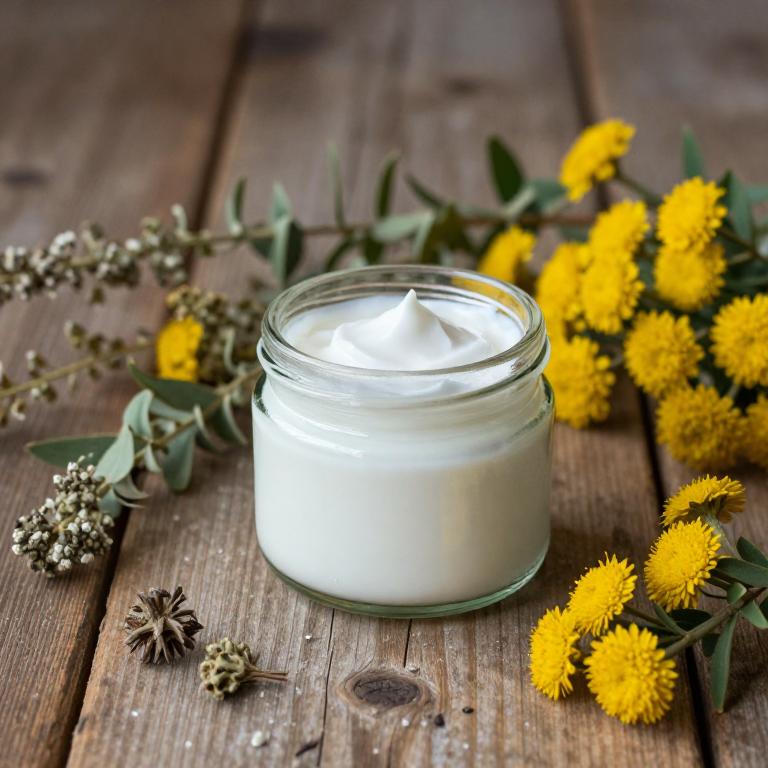
Hypericum perforatum, commonly known as St. John's Wort, is traditionally used in herbal remedies for its anti-inflammatory and antimicrobial properties.
When formulated into a cream, it can be applied topically to treat fungal infections such as athlete's foot and ringworm by inhibiting the growth of fungi. The active compounds in hypericum perforatum, including hyperforin and flavonoids, contribute to its antifungal effects. However, it is important to note that while some studies suggest its efficacy, more clinical research is needed to fully establish its effectiveness and safety for fungal infections.
As with any herbal treatment, it is advisable to consult a healthcare professional before use, especially if other medications are being taken.
6. Curcuma longa
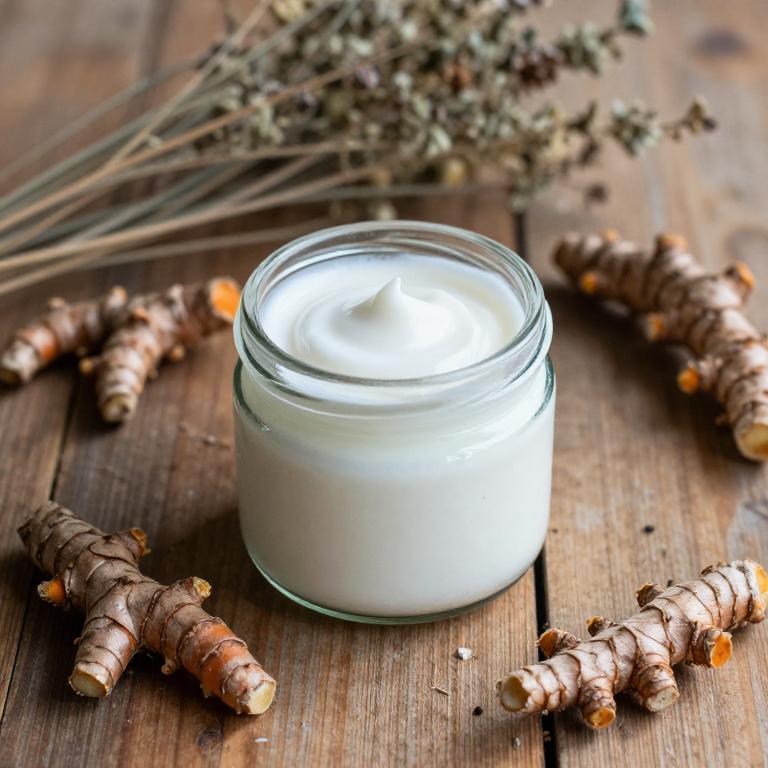
Curcuma longa, commonly known as turmeric, contains curcumin, a powerful anti-inflammatory and antioxidant compound that has been studied for its potential to combat fungal infections.
Herbal creams infused with curcuma longa are increasingly being used as natural remedies for conditions such as athlete's foot and ringworm, due to their antimicrobial properties. These creams work by inhibiting the growth of fungi and reducing inflammation, thereby promoting healing of the affected skin areas. While they may not replace conventional antifungal treatments, they can serve as a complementary therapy for mild to moderate fungal infections.
However, it is important to consult a healthcare professional before using turmeric-based creams, especially for severe or persistent infections.
7. Teucrium polium
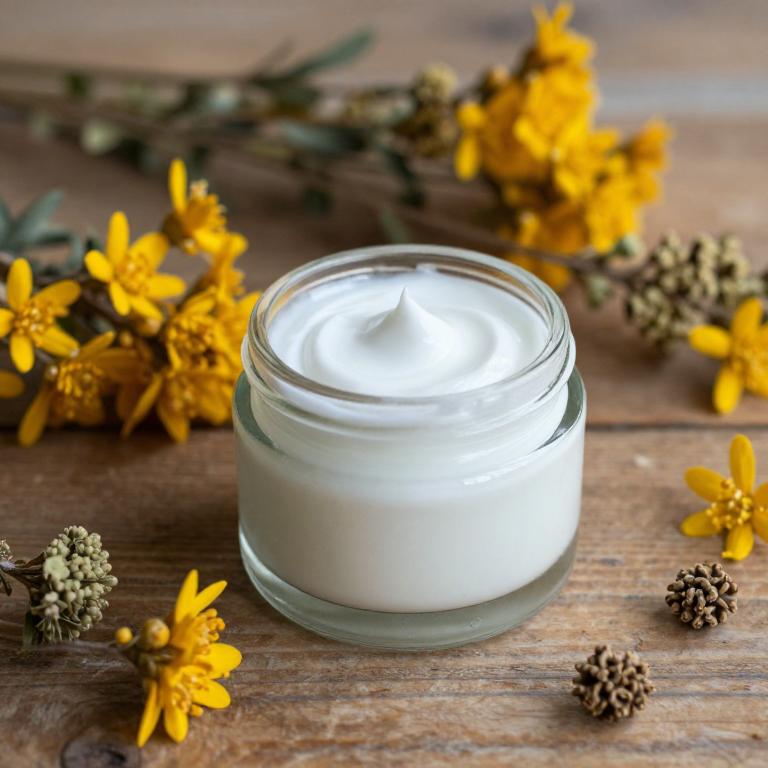
Teucrium polium, commonly known as summer savory, is a herb that has been traditionally used for its antimicrobial and anti-inflammatory properties.
Herbal creams containing Teucrium polium are increasingly being used to treat fungal infections due to their natural antifungal compounds, such as essential oils and flavonoids. These creams may help reduce symptoms like itching, redness, and inflammation associated with fungal infections. While they are generally safe for topical use, it is advisable to consult a healthcare professional before using them, especially for severe or persistent infections.
Overall, Teucrium polium herbal creams offer a natural alternative for managing fungal infections, though their efficacy can vary depending on the specific condition and individual response.
8. Lavandula angustifolia
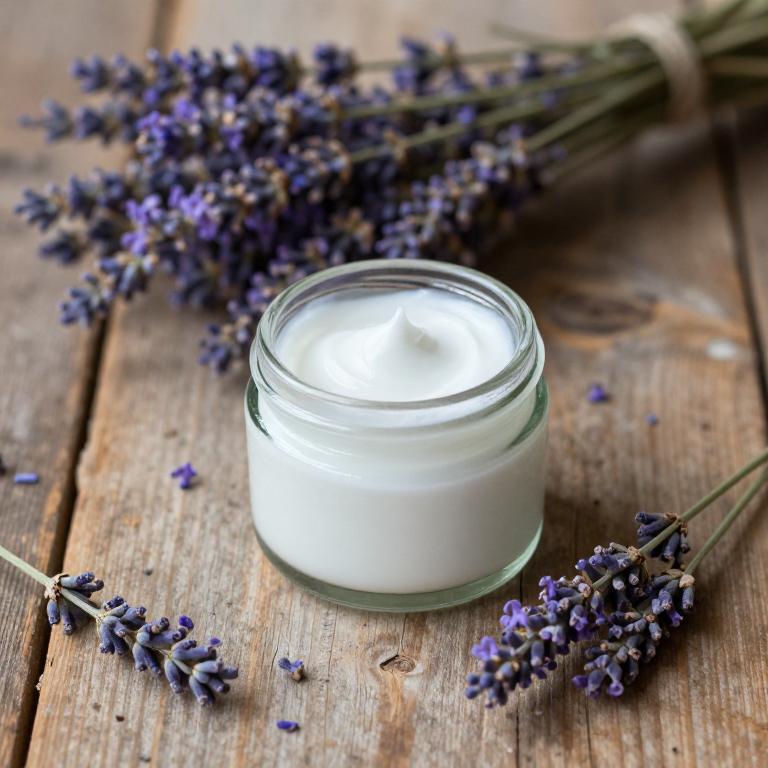
Lavandula angustifolia, commonly known as English lavender, is often incorporated into herbal creams for its antimicrobial and anti-inflammatory properties.
These creams are popular natural remedies for treating fungal infections such as athlete's foot and ringworm due to the presence of compounds like linalool and lavandulyl acetate, which exhibit antifungal activity. The soothing aroma of lavender also helps reduce itching and irritation associated with fungal infections, promoting overall comfort. When applied topically, lavender-infused creams can help inhibit the growth of fungi while supporting skin healing.
However, individuals with sensitive skin should perform a patch test before using these creams to avoid potential allergic reactions.
9. Cnicus benedictus

Cnicus benedictus, also known as blessed thistle, is a herbal remedy that has been traditionally used for its potential antifungal properties.
Herbal creams containing Cnicus benedictus are often formulated to address fungal infections such as athlete's foot, ringworm, and yeast infections by leveraging the plant's natural antimicrobial compounds. These creams may help reduce inflammation, soothe irritated skin, and inhibit the growth of fungi due to the presence of bioactive compounds like flavonoids and alkaloids. While some studies suggest promising results, more clinical research is needed to fully establish their efficacy and safety.
As with any herbal treatment, it is advisable to consult a healthcare professional before use, especially for individuals with sensitive skin or existing medical conditions.
10. Salvia officinalis
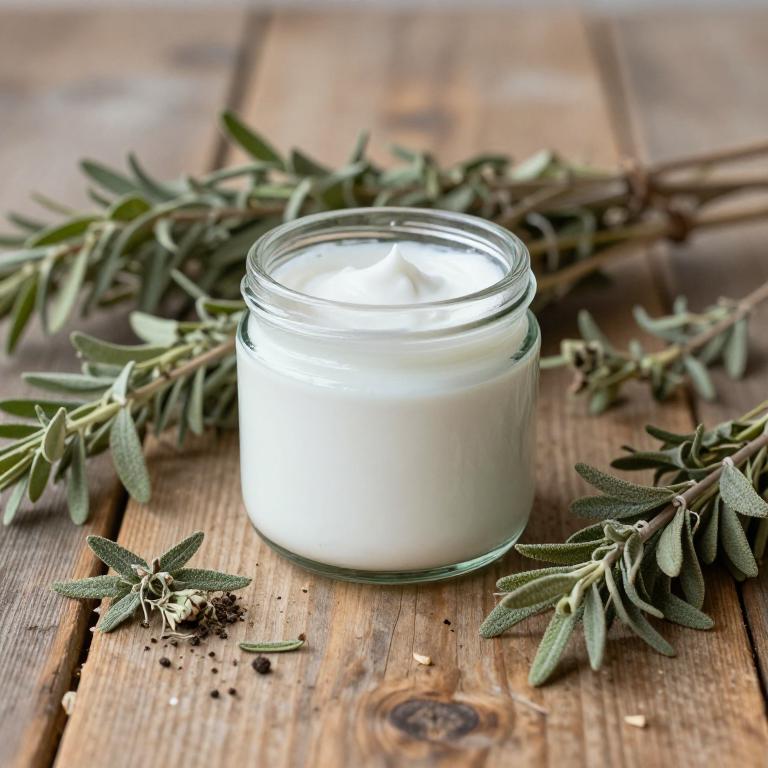
Salvia officinalis, commonly known as sage, has been traditionally used for its antimicrobial and anti-inflammatory properties, making it a valuable ingredient in herbal creams for fungal infections.
These creams often combine sage extract with other natural components like tea tree oil or garlic to enhance their effectiveness against fungi such as Candida and athlete's foot. The essential oils in sage possess antifungal compounds that can inhibit the growth of dermatophytes and yeast, providing a natural alternative to conventional antifungal treatments. When applied topically, sage-based creams can help reduce symptoms like itching, redness, and scaling associated with fungal infections.
However, it is important to consult a healthcare professional before using these creams, especially for severe or persistent infections, to ensure proper treatment and avoid potential allergic reactions.